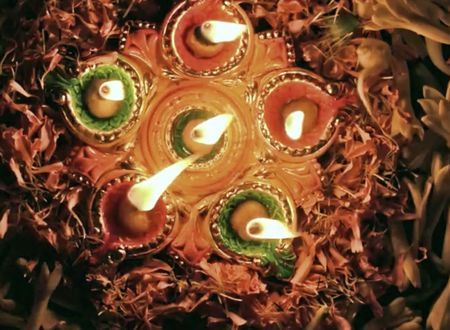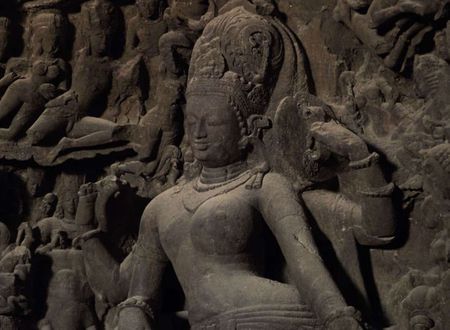You may like to read Part 6 here.
Verse 7:
yasminsarvāṇi bhūtānyātmaivābhūdvijānataḥ | tatra ko mohaḥ kaḥ śoka ekatvamanupaśyataḥ || 7 ||
Literal Meaning:
When to the knower, all Bhutas become one with his own Being, what perplexity, what grief, is there when he sees this oneness.
My Personal understanding:
In the previous verse, the lower mind is elevated towards higher regions of consciousness in this stage as a practice. When we adopt the above practice, the reward is vijugupsate. The word “jugupsa” has come from the etymology “दोषेक्षणादिभिर्गर्हा जुगुप्सा विषयोद्भवा”.This means when the feeling of aversion, dislike, or hatred is produced within us due to seeing fault in others, we call it jugupsa. The reward of seeing divinity in everything is that one feels “vijugupsate”. “Vi” in Sanskrit means without or devoid of, which means this kind of person feels no hatred, dislike, or aversion towards anyone. He might or might not like someone’s action, philosophy, speech, etc., yet these disagreements do not create a feeling of aversion towards anyone in a person’s mind.
Fact 1: yasminsarvāṇi bhūtānyātmaivābhūdvijānataḥ |
“Yasmin” means “in whom”. Once the person has learned to see Lord in everything, That One in Many. Now the next step is to interact with “Many” knowing they are in that “One”. The first process was the process of elevating your conditioned mind to be established in Divine Oneness. The idea was to change the way we see. Now, the second process is to bring that Divinity down in the multiplicity of the world. The idea in this verse is to act according to what we see. The word to focus on here is “Vijnatah”. The one who knows. What does he know? He has practiced the art of seeing that one Lord is everything. Over time, he has been established in the knowledge of Unity. He now knows this as an experiential truth. He is established in the oneness. Now, This knower brings his consciousness back to the world and the inner vision gets represented perfectly in all parts of his physical, mental, emotional, and intellectual being. In other words, the actions, speech, thoughts, and emotions of such a realized person reflect the inner vision of unity. He works compassionately and unattached established in the highest Truth of Oneness and Unity.
Fact 2: tatra ko mohaḥ kaḥ śoka ekatvamanupaśyataḥ || 7 ||
We can see the scripture in the previous verse first taught us the Art of Being. This can be attained by seeing Divine oneness in everything. This verse taught us the Art of Becoming. We act according to our understanding of true nature. This is the true message of Sanatana Dharma.
What is the fruit of aligning your speech, emotions, thoughts, and actions as per our true nature of Oneness?
Sense organs are established in action, yet the mind is free from sorrow and delusion. This is the reward of Divine becoming.
How can one become free from Grief and Delusion?
Grief and delusion result from loss experienced by limited Ego. It stems from selfish actions that want rewards for themselves alone. When the person established in divine union comes back to the world, they work so that the Divine may enjoy the fruits of his work.
Such a person keeps enough so that ego is sustained to do the work, the body is maintained, the mind is nourished, and emotions find expression, but offers the rest to Divine alone so that Supreme alone enjoys through all channels. Then, he does not experience loss. Divine alone is gaining, receiving, and enjoying through various names and forms. His joy knows no bounds and he feels ever joyful in the vast ocean of Sachiddnananda.
I would like to share the post from our beloved master, Om Swami on Grief here.
To be Continued…
🌼🌼🌼All Glories to Swamiji Alone🌼🌼🌼









Comments & Discussion
6 COMMENTS
Please login to read members' comments and participate in the discussion.